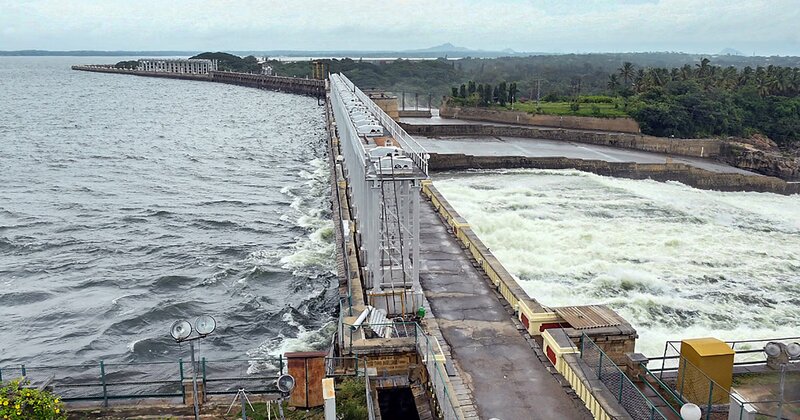
Bengaluru faces a severe drinking water scarcity as critical water sources like tube wells, rivers, and lakes dwindle, affecting various parts of Karnataka. Amidst this crisis, controversy arises over the Congress government’s release of Cauvery water to Tamil Nadu, adding to public apprehension. The recent release of 4,000 cusecs of water from the Krishnaraja Sagar (KRS) reservoir in Bengaluru on March 9, following requests from the state government and Bangalore Water Board, triggers debate and discussion. This move receives mixed reactions, with some praising the effort to mitigate Bengaluru’s water scarcity while others criticize the apparent mismanagement of precious water resources.
Reports indicate that Bengaluru, Mysore, and other urban and rural areas in Karnataka require around 1,000 cusecs of water daily from the KRS reservoir. However, concerns arise about dwindling water levels at the Shiva Dam in Malavalli Taluk of Mandya, where water from KRS flows, impacting Bengaluru’s water supply. In response, officials from the Bengaluru Water Board visit the KRS reservoir on March 9, advocating for increased water flow to address the city’s growing water supply issues. As a result, the release from the KRS reservoir is raised to 4,780 cusecs, leading to an 18-inch rise in water levels at the Shiva Dam and temporarily easing water supply concerns.
However, fluctuating water releases from the KRS reservoir continue to fuel debate. On March 10, the flow is reduced to 2,769 cusecs, further decreased to 1,008 cusecs, indicating inconsistent water management strategies. Despite assurances from the Congress government that the water release aims to address Bengaluru’s water shortage, concerns persist regarding its impact on neighboring states’ water supply. Subsequent inspections by officials from the Cauvery Corporation and Bangalore Water Board aim to assess the situation and water levels in dams, providing some reassurance to worried citizens.

Post Your Comments